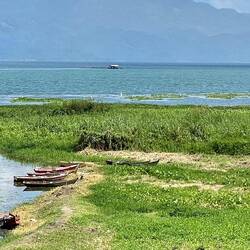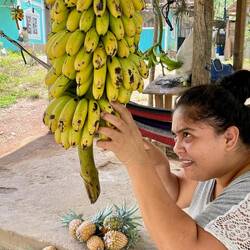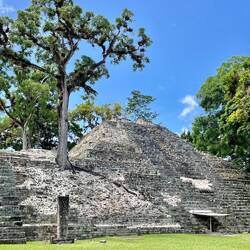Copan - hier beginnt das Maya-Reich!
 July 18, 2022 in Honduras ⋅ 🌧 22 °C
July 18, 2022 in Honduras ⋅ 🌧 22 °C
Wir sind gestern weit gefahren, um hier in Copan zweimal übernachten zu können um uns die östlichste Maya-Stadt anzuschauen.
Wir nehmen uns einen Führer und haben schon beim Morgenessen inRead more



















































































Traveler sehr schöne Photos und danke für die vielen Informationen
Traveler 👍
Traveler Schon imposant die Majakultur. So hoch entwickelt. Schöne Photos
Schon imposant die Majakultur. So hoch entwickelt. Schöne Photos
Traveler unglaublich, was die schon alles wussten, insbesondere im Bereich Mathematik, Gestirne und soziale Zusammenarbeit. Ud msn weiss heute noch nicht, warum sich das Reich nach über 1000 Jahren dann ziemlich schnell aufgelöst hat.